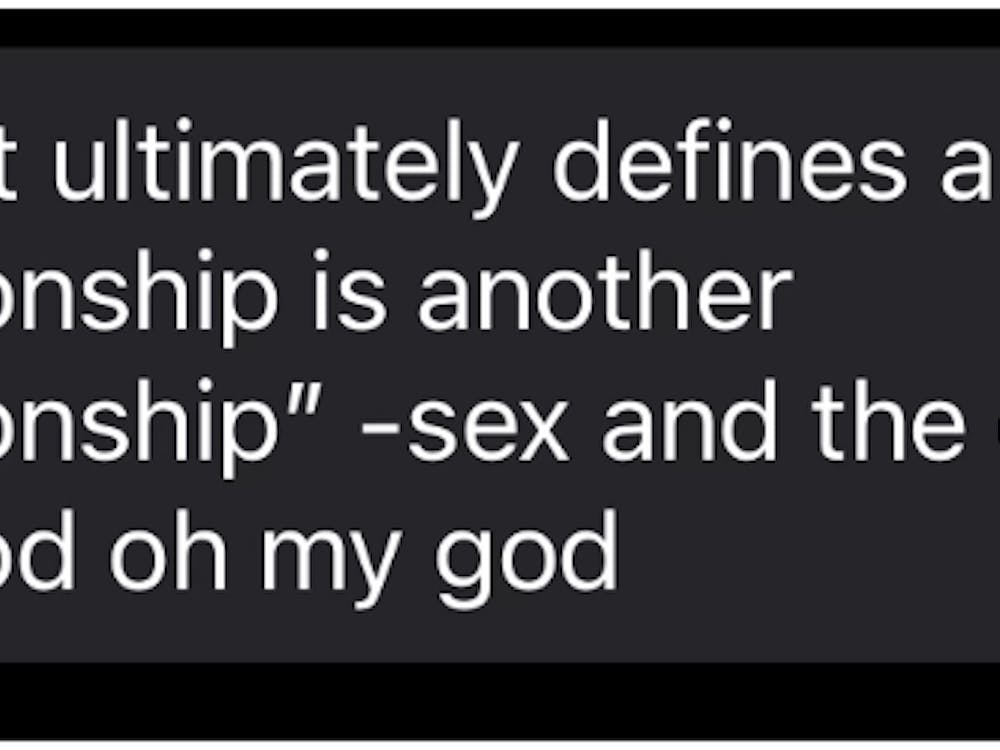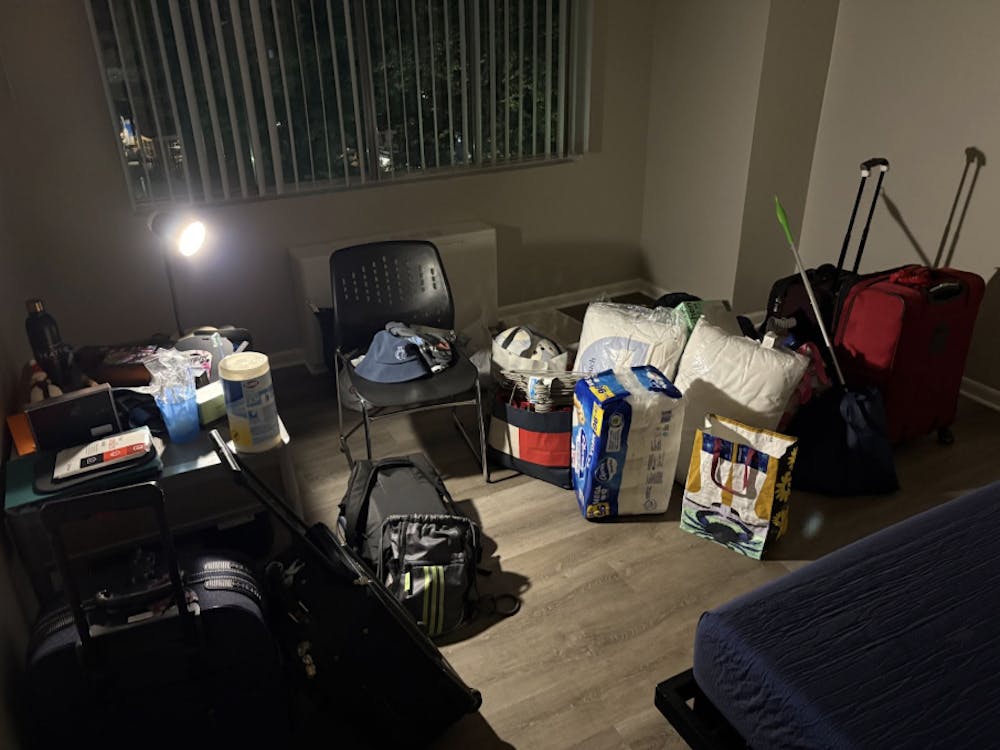As an exchange student brought up in Japan, it was a whole new idea that people can feel threatened by police officers. By taking sociology classes, participating in local volunteer activities and talking with minority students at Hopkins, I learned that people in Baltimore -- especially minorities -- regard police officers not as their protectors, but as potential threats because of their discriminatory, unjust policing.
In Japan, the image of police officers is totally different. People see them as protectors of communities, and always ask them for help. Walking on streets, you frequently see police boxes, or koban, with red lights and police officers stationing. There are about 12,600 koban throughout the country. People drop by police stations to ask directions and to bring in lost belongings they find on streets. If people have security concerns in neighborhood or conflicts among neighbors, they report to police stations nearby. Police officers are highly responsive and make a special patrol in areas and mediate conflicts. Local members in communities also volunteer to patrol neighborhoods in collaboration with police officers. With police stations as a platform, Japanese police officers are well integrated into local communities and demonstrate a good model of community policing. Although Japanese police officers do carry guns, they do not invoke fear. Civilians are never pointed at with guns unless they commit seriously violent actions.
To be fair, there are many social and economic differences between the U.S. -- especially Baltimore -- and Japan, which give rise to our vastly different perceptions of police officers. Specifically, there is relatively less ethnic diversity in Japan and segregation and economic inequalities based on race and ethnicities are not so serious as in the U.S. In addition, Japan has maintained the tradition of community policing with the koban system since 1874, while the U.S. experienced a nationwide move toward professionalization from the early 1900s resulting in separation of the police from the public.
Notwithstanding these differences, however, some ideas of Japanese community policing can be applicable in maintaining security around Hopkins communities. The main concern of those who oppose the establishment of private police at Hopkins is that private police will lack transparency, which can result in discriminatory policing against minorities both in student body and neighborhood. In order to hold private police accountable, it is essential to make sure that local members are involved in monitoring and improving the operation of private police. Holding regular local meetings that take into account opinions from various local communities and getting help from local volunteers in police patrolling -- including minorities and people from the most underserved neighborhoods -- will allow the community to monitor the practices of police officers. By stationing at regular shifts, police officers can get more familiar with local people, and will be less likely to randomly stop residents based on their race and ethnicity. Police boxes can be an open window for local members to report security concerns, which help police officers respond to local needs. Close communication can facilitate both preventive policing and trust-building among residents towards police officers.
It is reasonable to be skeptical about whether such soft approaches can be really effective even in Baltimore, which has much higher crime than Japan. However the Japanese koban system was introduced in 2000 to a part of Sao Paulo called Ranieri, which the United Nations designated as “the world’s most dangerous area”. Ten years after the introduction of koban system, the crime rate in Ranieri dropped to around 20 percent. With this success, the koban system has been exported to other countries in Central and South America. In order to break the vicious cycle of excessive policing and resistance from minorities resulting in violence, it would be a better idea to pursue preventive and collaborative approaches rather than robust approaches like the “Zero Tolerance”strategy that continues to affect Baltimore policing.
Installing police boxes and providing extensive services requires funding. It is difficult for the Baltimore Police Department to realize community policing in near future, considering their chronic underfunding. As a private institution with a huge security budget, however, Hopkins may be able to initiate a model of community policing in Baltimore through a potential private police force.
Considering rising crime rates in Baltimore, it is reasonable that we need to take a step to increase security in Hopkins communities. It appears more cost-effective to spend money on professionally trained police officers with arrest authority rather than less trained and temporary security guards. However, we need to make sure that if Hopkins is to have a private police force, it will invoke a sense of security and justice for everyone through community policing.
Riko Yuji is a visiting international student from the University of Tokyo and a junior majoring in international relations.





